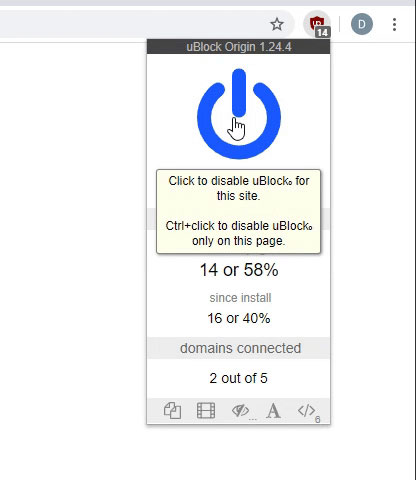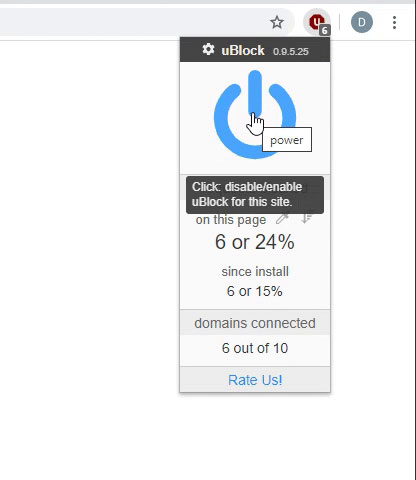Good day all. I am trying to figure out the best way to calculate the value of deposits and withdrawals in an access table between two dates. The dates will be dynamic based on user input, but I can't figure out an elegant way of doing the sum of all deposit values, less the withdrawal values, between the two dates. Can anyone advise?
Thanks in advance
Thanks in advance





